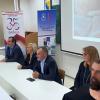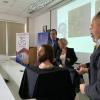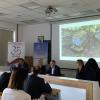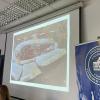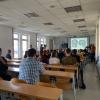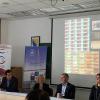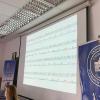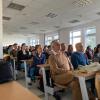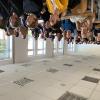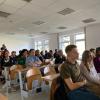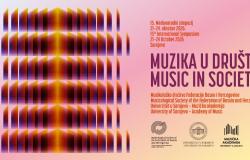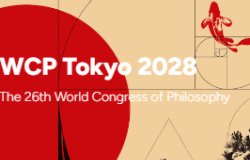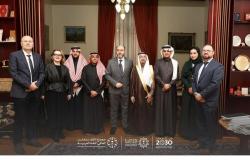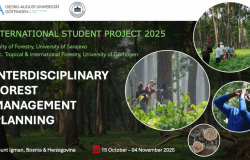Research Project Results “The Face of Medieval Bosnia” Presented
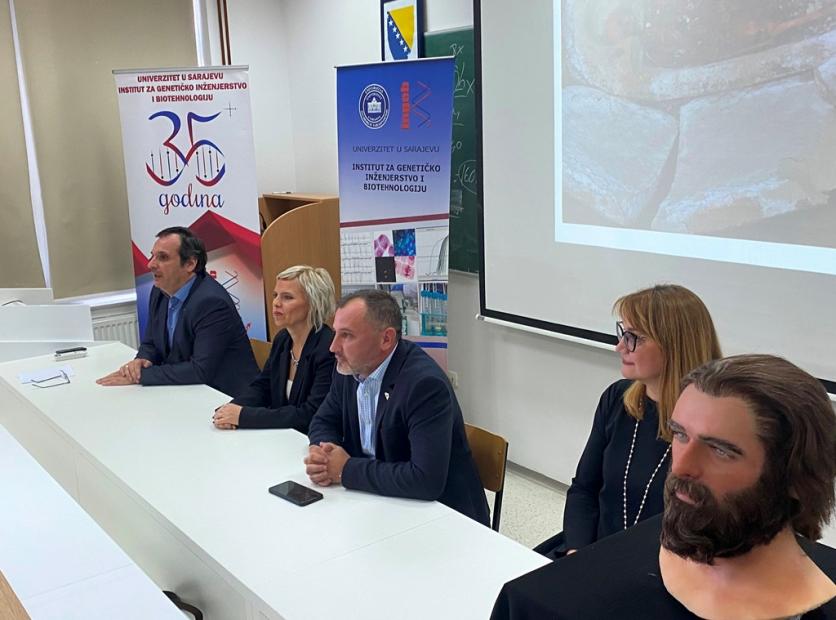
The Institute for Genetic Engineering and Biotechnology (INGEB) of the University of Sarajevo presented today the results of the research project “The face of medieval Bosnia” - 3D facial reconstruction based on genetic information from archaeo-biological samples. The public had the opportunity to see the first reconstruction of the appearance of a man from the period of medieval Bosnia.
Prof. Dr. Naris Pojskić, scientific advisor at the Institute for Genetic Engineering and Biotechnology, University of Sarajevo, pointed out that the primary tasks of the research are the genetic, anthropological, historical-archaeological aspects of the inhabitants who lived in these areas many centuries and thousands of years ago. “What is interesting about this group is that the focus is on the common man. Genome sequencing and other analyzes of individuals from the prehistoric period are currently underway. At the end of that period, we will be able to look at the genetic structure of the population at that time,” said Professor Pojskić, and added that the project they are presenting today is only one in a series of projects that are being worked on.
Prof. Dr. Jasmina Čakar, scientific advisor at INGEB and head of the laboratory for forensic genetics stated that this project was realized within an interdisciplinary group. “The project showed us that there are no statistically significant differences in the genetic structure between the population of that era and today's population of Bosnia and Herzegovina. There is a continuous flow of genes from the Middle Ages to the present day. We are the descendants of the people who lived in the area of what was then Bosnia. Today we live in a world of total dominance of social networks that leave no room for imagination and almost every aspect of life is visualized. Presenting scientific results through concretization and visualization is one of the ways that will be easier for the wider population to understand. “Science should always be at the service of society,” pointed out Professor Čakar.
Asst. Prof. Dr. Edin Bujak, head of the Department of Archeology of the Faculty of Philosophy, University of Sarajevo, reminded that Bosnia and Herzegovina is a country of stećaks, and that they are recognized by the world public. However, as he pointed out, historical sources about stećci and people of that era are rare and insufficient to reconstruct the everyday life of an ordinary person, so we turn to archeology to make up for it.
Prof. Dr. Selma Zukić from the Faculty of Dentistry with the dental clinical center UNSA joined this project as a forensic dentist. “Bones speak, a lot of information is written in them. We reconstructed the face because we know each other by our faces, our visual identity is the basis of our personal identity,” said Professor Zukić.
The research started in 2021 and was supported by the Ministry of Science, Higher Education and Youth of Sarajevo Canton. Excavations were carried out in 2015, and genetic analysis determined that the person was male, 35 to 40 years old.




